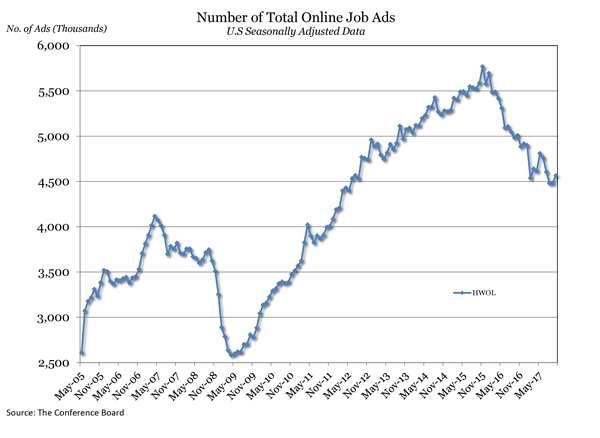As a reminder, on April 21st PIMCO's Harley Bassman suggested "The Fed should monetize gold"...
In "
Rumpelstiltskin at the Fed", Bassman goes down the well-trodden path of proposing Fed asset purchases as the last ditch panacea for the US economy, however instead of buying bonds, or stocks, or crude oil, Bassman has a truly original idea: "the Fed should unleash a massive Fed gold purchase program that could echo a Depression-era effort that effectively boosted the U.S. economy."
He is of course, referring to FDR's 1933 Executive Order 6102, which made it illegal for a citizen to own gold bullion or coins. Americans promptly sold their gold to the government at the official price of $20.67, with the resulting hoard of gold was then placed in Fort Knox.
The Gold Reserve Act of 1934 raised the official price of gold to $35.00, a near 70% increase. It also resulted in an implicit devaluation of the US dollar. As Bassman points out, over the three years from January 1934 to December 1936, GDP increased by 48%, the Dow Jones stock index rose by nearly 80%, and most salient to our topic, inflation averaged a positive 2% annually, despite a national unemployment rate hovering around 18%.
In short, a brief economic nirvana which was unleashed by the devaluation of the dollar confiscation of gold. In fact, we have frequently
hinted in the past that another Executive Order 6102 is inevitable for precisely these reasons. However this is the first time when we see a "respected economist" openly recommend this idea as a matter of monetary policy.
Bassman says that the Fed should "emulate a past success by making a public offer to purchase a significantly large quantity of gold bullion at a substantially greater price than today’s free-market level, perhaps $5,000 an ounce? It would be operationally simple as holders could transact directly at regional Federal offices or via authorized precious metal assayers."
A massive Fed gold purchase program would differ from past efforts at monetary expansion. Via QE, the transmission mechanism was wholly contained within the financial system; fiat currency was used to buy fiat assets which then settled on bank balance sheets. Since QE is arcane to most people outside of Wall Street, and NIRP seems just bizarre to most non-academics, these policies have had little impact on inflationary expectations. Global consumers are more familiar with gold than the banking system, thus this avenue of monetary expansion might finally lift the anchor on inflationary expectations and their associated spending habits.
The USD may initially weaken versus fiat currencies, but other central banks could soon buy gold as well, similar to the paths of QE and NIRP. The impactful twist of a gold purchase program is that it increases the price of a widely recognized “store of value,” a view little diminished despite the fact the U.S. relinquished the gold standard in 1971. This is a vivid contrast to the relatively invisible inflation of financial assets with its perverse side effect of widening the income gap.



